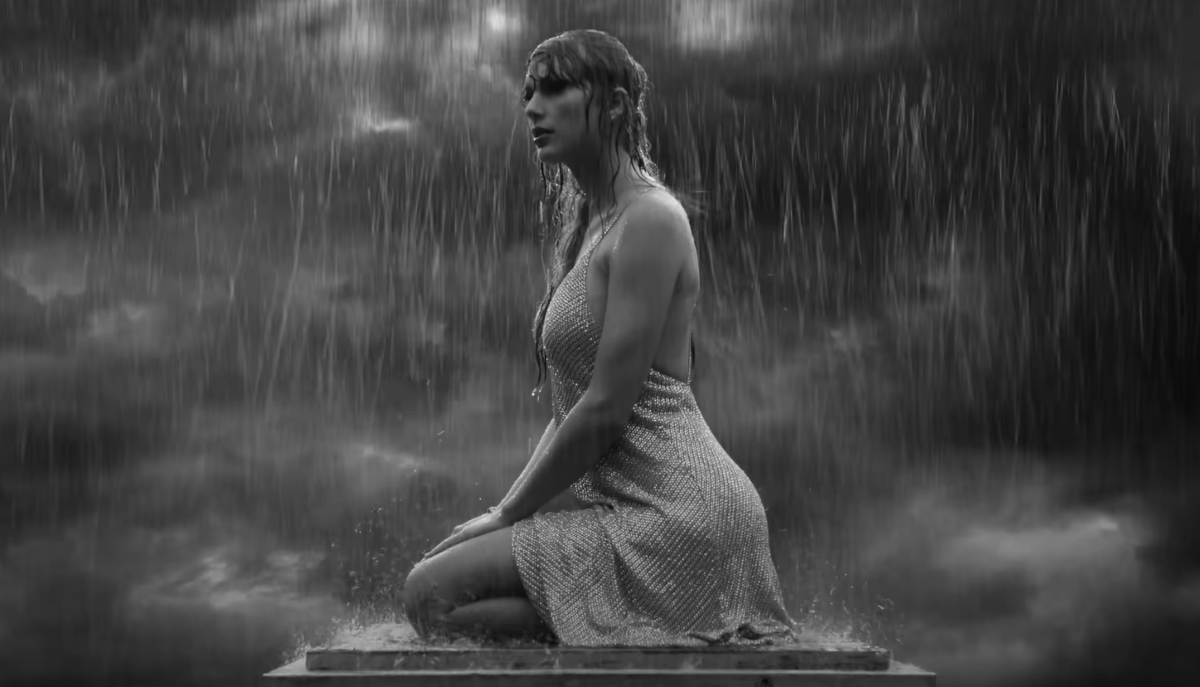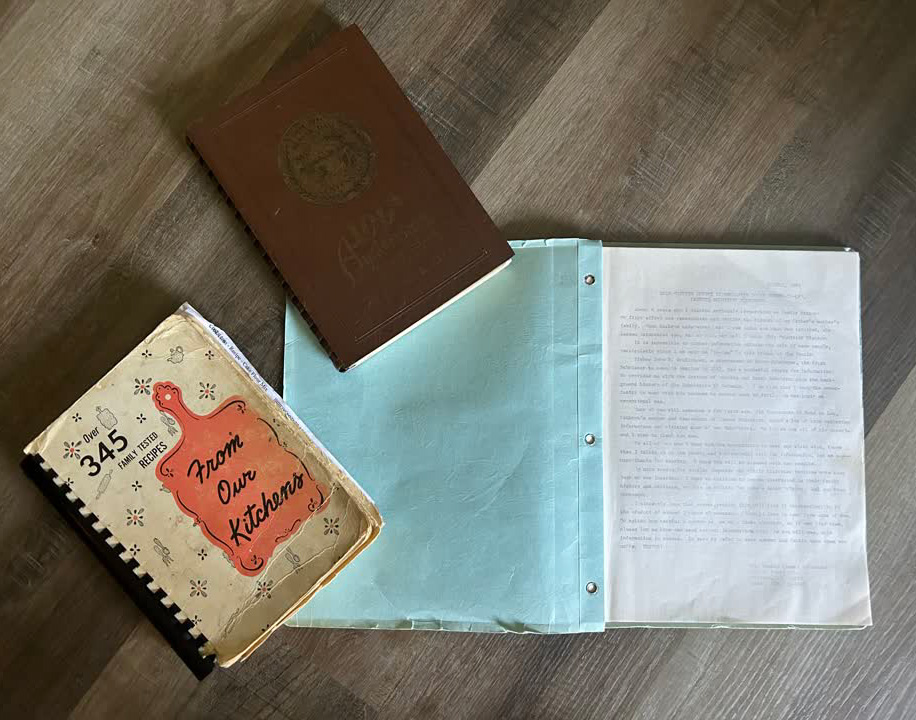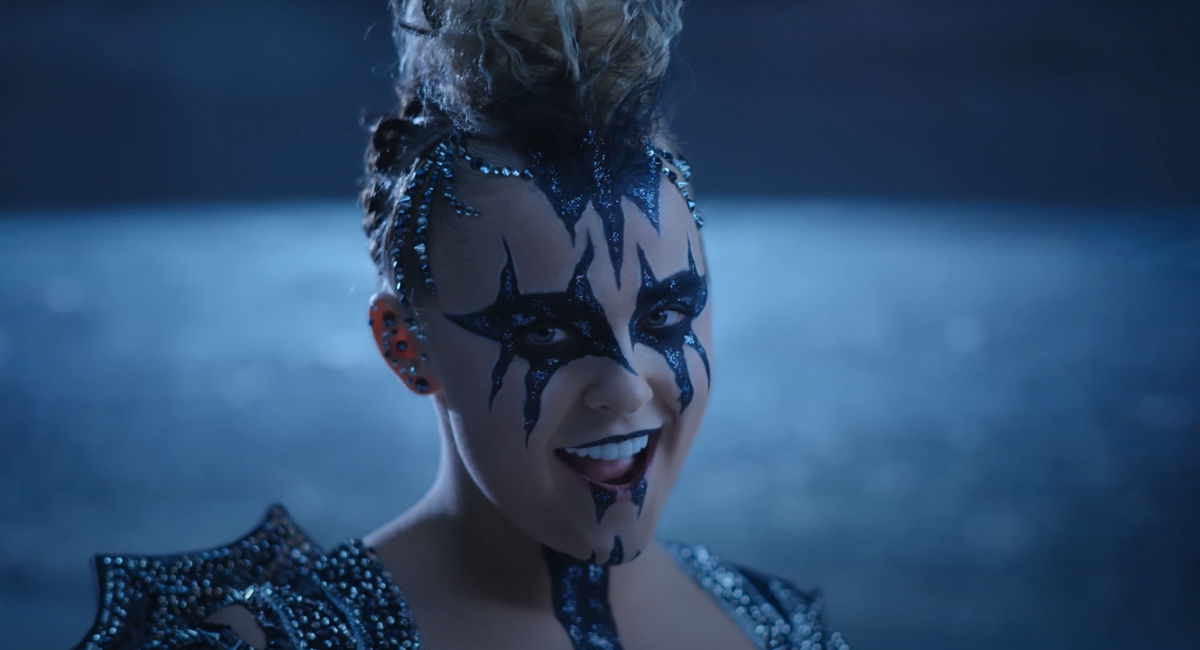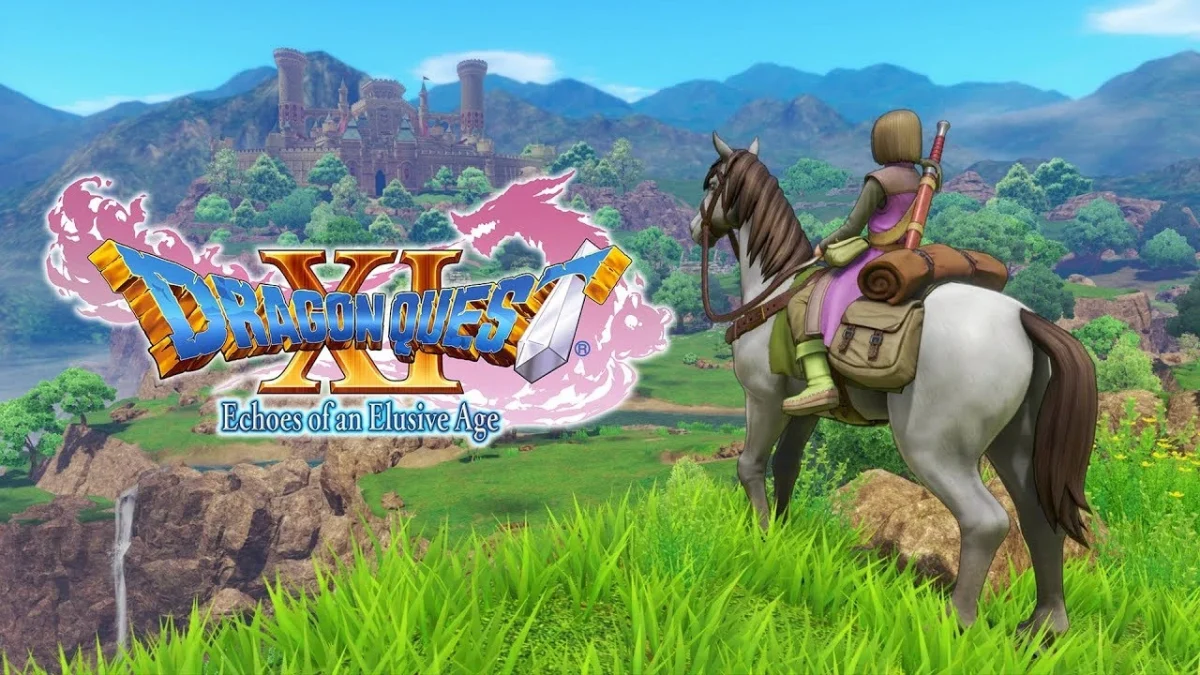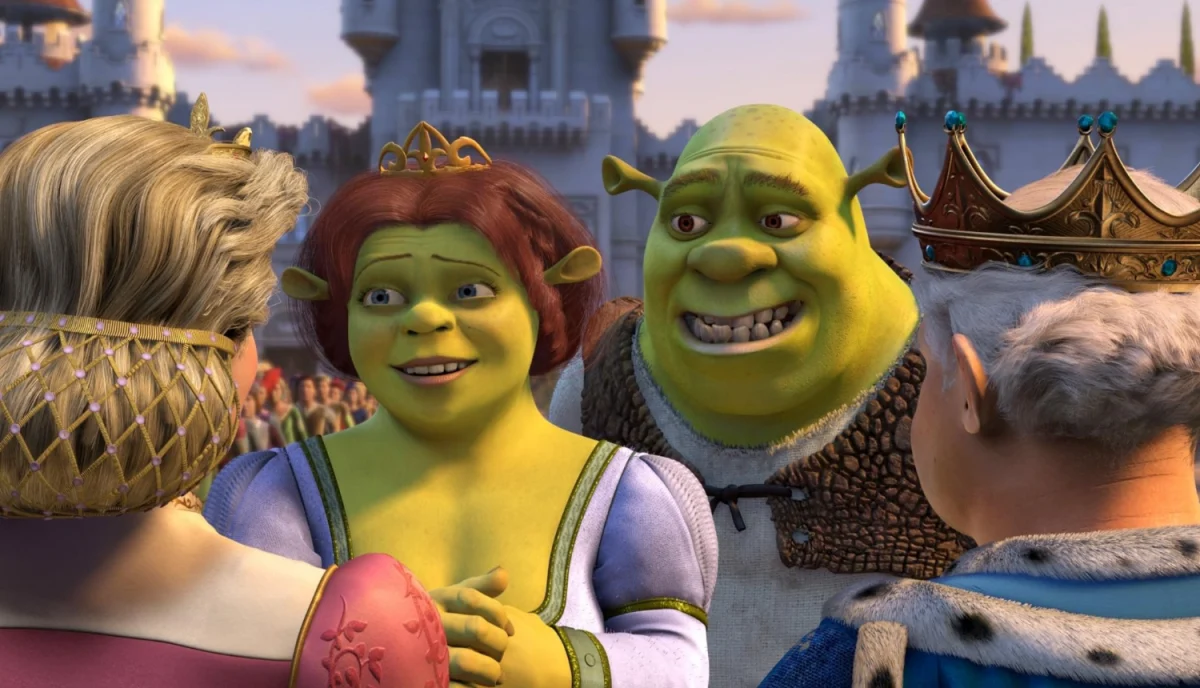 Lyssa Beyer
Lyssa BeyerWARNING: There may be mild spoilers in this column concerning the film “Cloverfield.” I don’t want 100 more hate mail messages because I ruined the movie, OK?
Who wants to see Manhattan get destroyed?
Apparently quite a few people, as evidenced by the box office performance of the movie “Cloverfield.” Released on Jan. 18, the film, which depicts a group of civilians’ perspective on a giant monster attacking Manhattan, took in just over $40 million at the box office its opening weekend and $12.7 million its second weekend in theaters.
The reason for its success could possibly be traced back to the film’s inventive marketing scheme, relying on mysterious Web sites with puzzles that would reveal hints about the film, but there is something deeper than that when explaining the movie’s box office record-breaking performance. Would anyone have seen a film such as this one, two or even three years after Sept. 11? What does it mean that we flock to such a film now? Are we becoming numb to the horrors of that day? Or are we healing from the fear that gripped us so tightly just over six years ago?
Hollywood’s destroying of America’s great cities and landmarks is nothing new. From the toppling of the Washington Monument in 1956’s “Earth Versus the Flying Saucers” to the White House’s demolition in 1996’s “Independence Day,” American moviegoers have been witness to some pretty grand scale destruction. A lot of these films came during the height of the Cold War, when the fear of nuclear annihilation perforated the nation.
But “Cloverfield” varies in a number of ways from those 1950s and 60s films, one being how closely it mirrors a real life event. There was no historical event Americans could recall to provide a template for the citywide destruction in 1955’s “It Came From Beneath the Sea.” The tearing down of civilian buildings and panicked evacuations of the locals were left up to the imagination of the filmmakers. “Cloverfield’s” creators had a real life attack on a major city to base their movie, and that day clearly inspired the filmmakers.
When the monster first makes landfall in Manhattan in “Cloverfield,” the scene plays almost as a nighttime remake of the documentary “9/11” (minus the severed head of the Statue of Liberty, of course). That film, put together by Jules and Gedeon Naudet from the footage they captured on Sept. 11, featured a sequence where they escape the dust and debris of the South Tower by hiding under a parked vehicle. “Cloverfield” channels this when the main characters run into a store to avoid the incoming cloud caused by a collapsed building. The aftermath is similar in both films, where people covered in dark gray dust wander the streets in a daze.
Another difference between “Cloverfield” and Cold War era monster and invasion movies is the ambiguity of the attack. Films such as 1956’s “It Conquered the World” have clear explanations for why the monster or aliens attacked, giving viewers a bit of control of the situation as it unfolds. “Cloverfield” does no such thing; even at the end of the film, the audience is left to unravel the mystery of the creature themselves.
Did anyone know what was going on the morning of Sept. 11? I recall hearing explanations ranging from a Chinese invasion to Saddam Hussein sponsoring the attacks (which some people still unfortunately believe). The nature of the monster’s attack is left intentionally mysterious, just as how the reasons behind the terrorist attacks on the WTC were initially inconceivable. From my personal experience, the frightening thing about Sept. 11 was being unable to explain what was happening – bearing witness to something terrible is one thing, but not being able to understand it is another.
Certainly, “Cloverfield” is a product of a nation that witnessed a very public, very graphic attack on our own soil, but what does its success say about us? True, movies with demolitions of cities were popular in the past, but those were just products of our fertile imaginations. We had seen the pictures of Nagasaki and Hiroshima as well as the bombed out towns across Europe and Russia, but we had never seen our own buildings crumble as we ourselves escape death raining from above us. We’ve now seen real buildings implode into towering, relentless clouds of debris, and it undoubtedly frightened us – do we just not remember how it felt to see that happen in real life?
It’d be impossible to speak for society as a whole, so I’m left to tell my personal experience with “Cloverfield.” The scariest part of this film for me was, of course, the initial attack. As the minutes passed and more buildings were destroyed, my mind couldn’t help but go back to the events of Sept. 11. I remembered the shock and confusion I felt as I first saw the news reports of the Twin Towers falling, and I imagined the characters in the film felt the same way. I wasn’t numb to the similarities, but I also wasn’t overcome by them. I could still enjoy the film for what it was, that being an engaging and creative thriller. Being a giant monster movie aficionado (I’m sure you couldn’t tell by now), I appreciated the new perspective on the genre. Thoughts about the fear and anger I felt on Sept. 11 went through my mind, but served only to connect me to the characters rather than drive me back into despair.
I believe we have been able to separate ourselves as a society from the WTC attacks enough to enjoy entertainment such as “Cloverfield.” Certainly we remember, but we also know fear can’t have us in a stranglehold. We’ve come a long way since thinking that we needed to pull “24” off air because of the terrorist themes or delay the release of “Spider-man” because of scenes involving the WTC, and the success of “Cloverfield” shows this.
It’s true that the horrors of reality can’t be ignored, but movies aren’t reality (hopefully you know this already). If we let our real life fears dominate our minds as we try to enjoy a great work of fiction such as “Cloverfield,” then we are heading for something far more terrifying than any giant monster.
Langton is a senior print journalism major and editorial editor of The Spectator. “What a Scoop!” appears every Thursday.

